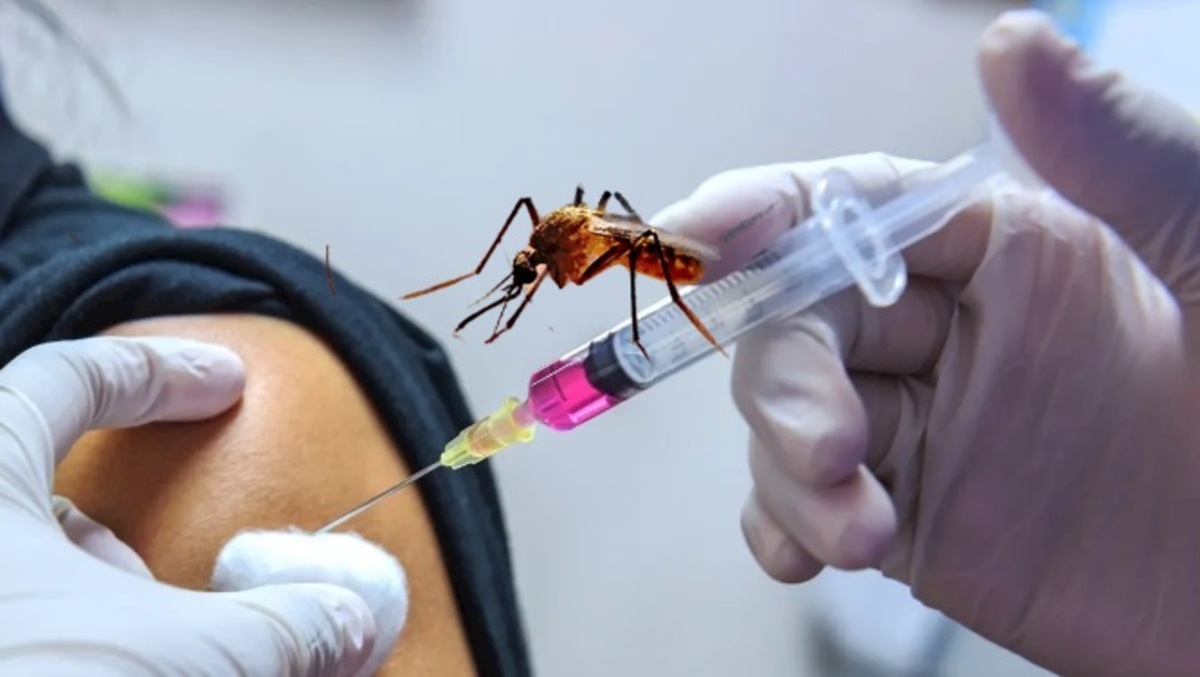Context:
- Recently, the world’s first vaccine for chikungunya was approved by the Food and Drug Administration (FDA) in the U.S. The vaccine has been manufactured by Valneva under the brand name Ixchiq. It has been approved for administration in people who are 18 years or older, and are at increased risk of exposure to the virus.
- Ixchiq is administered as a single dose by injection into the muscle. It contains a live, weakened version of the chikungunya virus and may cause symptoms in the vaccine recipient similar to those experienced by people who have the disease.
About chikungunya:
- Chikungunya, is characterised by severe joint pain and impaired mobility, and comes with fever. It is a viral infection (CHIKV) transmitted primarily by the Aedes aegypti and Aedes albopictus mosquitoes and has been described as “an emerging global health threat.”
- The WHO fact sheet says Chikungunya is prevalent in Africa, Asia, and the Americas; but sporadic outbreaks have been reported in other regions. As per the National Centre for Vector Borne Diseases Control, India had above 93,000 suspected chikungunya cases until September in 2023.
- Since 2004, outbreaks of CHIKV have become more frequent and widespread, partly due to viral adaptations allowing the virus to be spread more easily by the Aedes albopictus mosquitoes.
- The joint pain is often debilitating and varies in duration; it can last for a few days, but also be prolonged over months. Other symptoms include joint swelling, muscle pain, headache, nausea, fatigue and rash.
- While severe symptoms and deaths from chikungunya are rare and usually related to other coexisting health problems, it is believed that the numbers are generally underestimated, because chikungunya is often misdiagnosed as dengue or zika, as symptoms can seem similar.
- As of now, there is no cure, only symptomatic relief, with analgesics to help with the pain, antipyretics for the fever, rest, and adequate fluids. Prevention includes mosquito control activities, primarily falling under public health outreach and routine civic maintenance. Individuals are also advised to use medicated mosquito nets and ensure that there is no water stagnation in any containers at home, in order to prevent the breeding of mosquitoes.
Indian Government Initiative to Control Chikungunya:
- National Vector Borne Disease Control Programme (NVBDCP) is a comprehensive programme for prevention and control of vector borne diseases namely Malaria, Filaria, Kala-azar, Japanese Encephalitis (JE), Dengue and Chikungunya. It works under the Ministry of Health and Family Welfare.
- Integrated Disease Surveillance Programme (IDSP) launched during 12th Plan (2012–17) under the National Health Mission, sets up a Central Surveillance Unit (CSU) at Delhi, State Surveillance Units (SSU) at all State/Union Territories (UTs) head quarters and District Surveillance Units (DSU) at all Districts.
- Its objectives are to strengthen/maintain decentralized laboratory based and IT enabled disease surveillance systems for epidemic prone diseases to monitor disease trends, to detect and respond to outbreaks in the early rising phase through trained Rapid Response Teams (RRTs).
Conclusion:
Hopefully, inspired by the fasttrack pathway drawn up by research into COVID, this approval will fast track the roll out of vaccines in countries where chikungunya is more prevalent, including Brazil, Paraguay, India and parts of western Africa.


.jpg)
.jpg)
Comments (0)